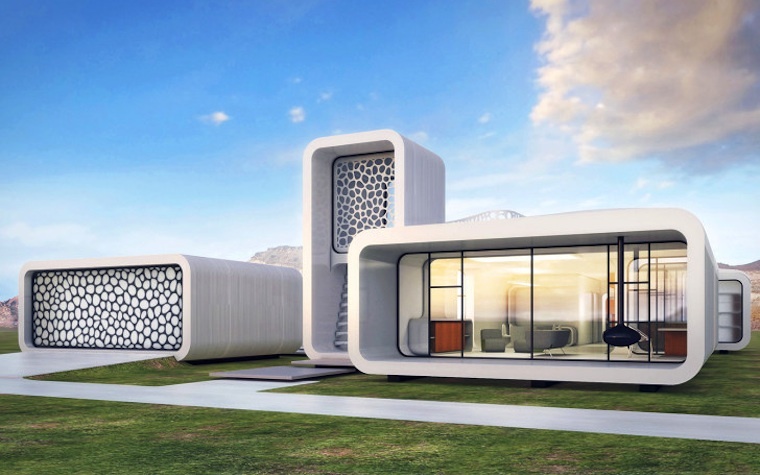Dubai recently unveiled plans through 3Dprint.com to develop an entire 2,000-square-foot office building in the city center made in just a few weeks using the latest 3D printing techniques.
Investment in the latest developments in 3D printing technology could pay off for construction companies if the technology takes off. This new technology, which is increasingly prevalent in the construction industry, involves creating solid 3D objects from a digital model by laying down many successive layers of a material on top of one another.
The 3D printers used to make full-scale building segments stand more than 20 feet tall.
The promise of 3D building printing offers many advantages, including faster construction, lower labor costs and less waste.
Andrew Elias, Group CEO of Dubai-based Kele Contracting, said the new method of construction could provide an attractive solution to construction companies that wish to extend their projects to remote areas where traditional construction techniques prove challenging.
“If [3D-printed] buildings are suited to the Middle Eastern climate and can withstand the environmental extremes, then this will herald the start of a new wave of innovative 3D-printed low-rise buildings and represents a new untapped niche market for creative construction companies,” Elias said.
Elias also said he believes the Saudi market in particular shows the best potential for this method of construction due to the country’s landscape and building types.
“In the short term, the challenge is to see how these buildings perform in the extreme climate and environment of the Middle East, and whether building services such as cabling, wiring and sewage work on a practical level for the buildings’ end users," Elias said.
3D printing technology could revolutionize the Middle East's construction industry




 Alerts Sign-up
Alerts Sign-up